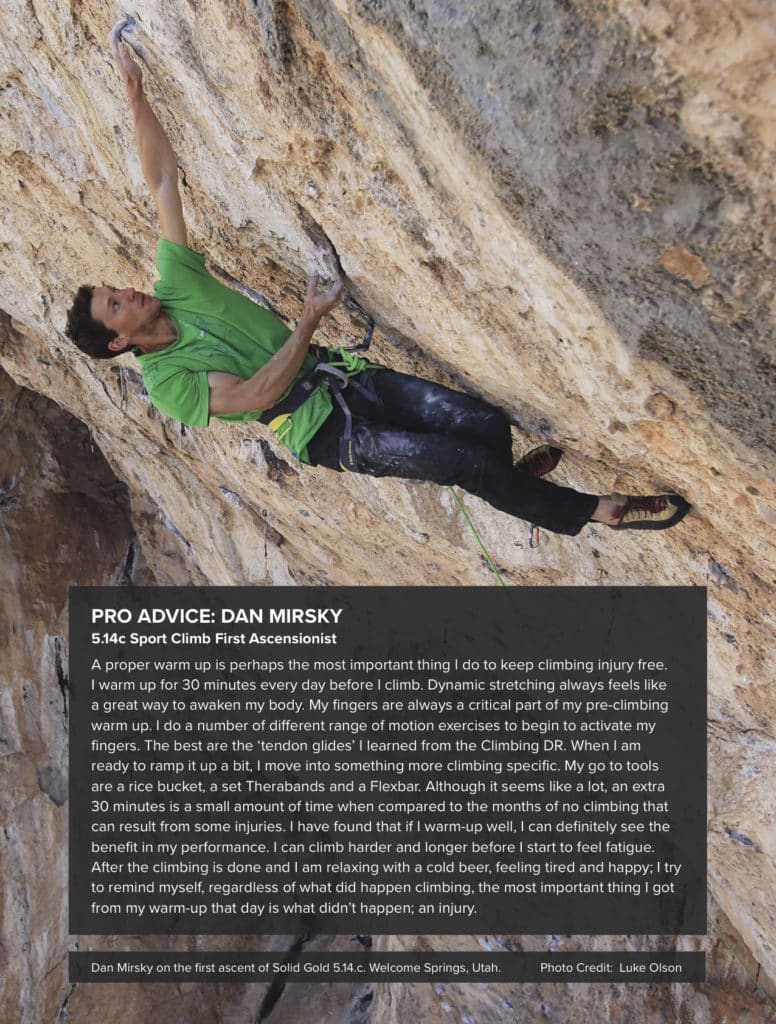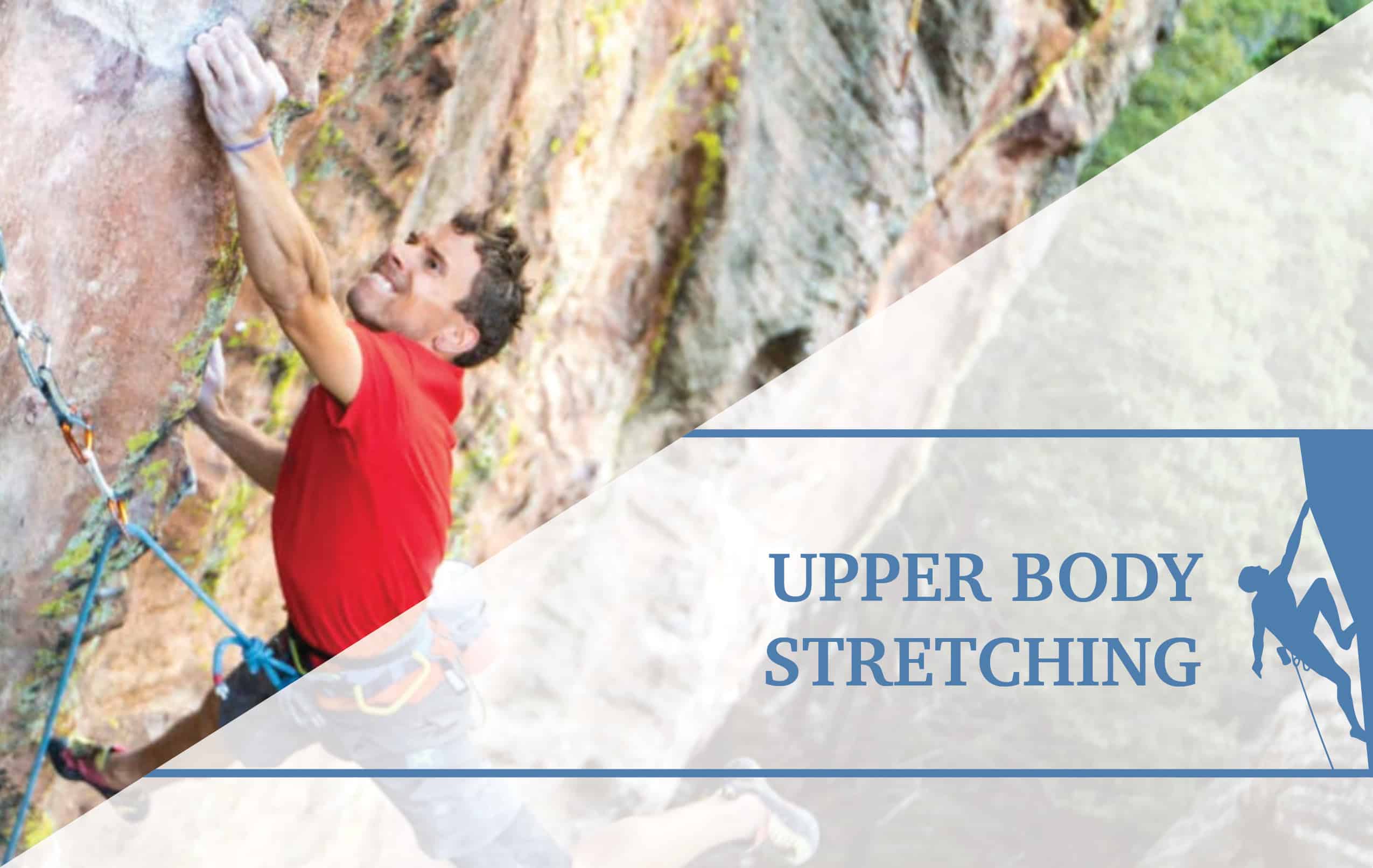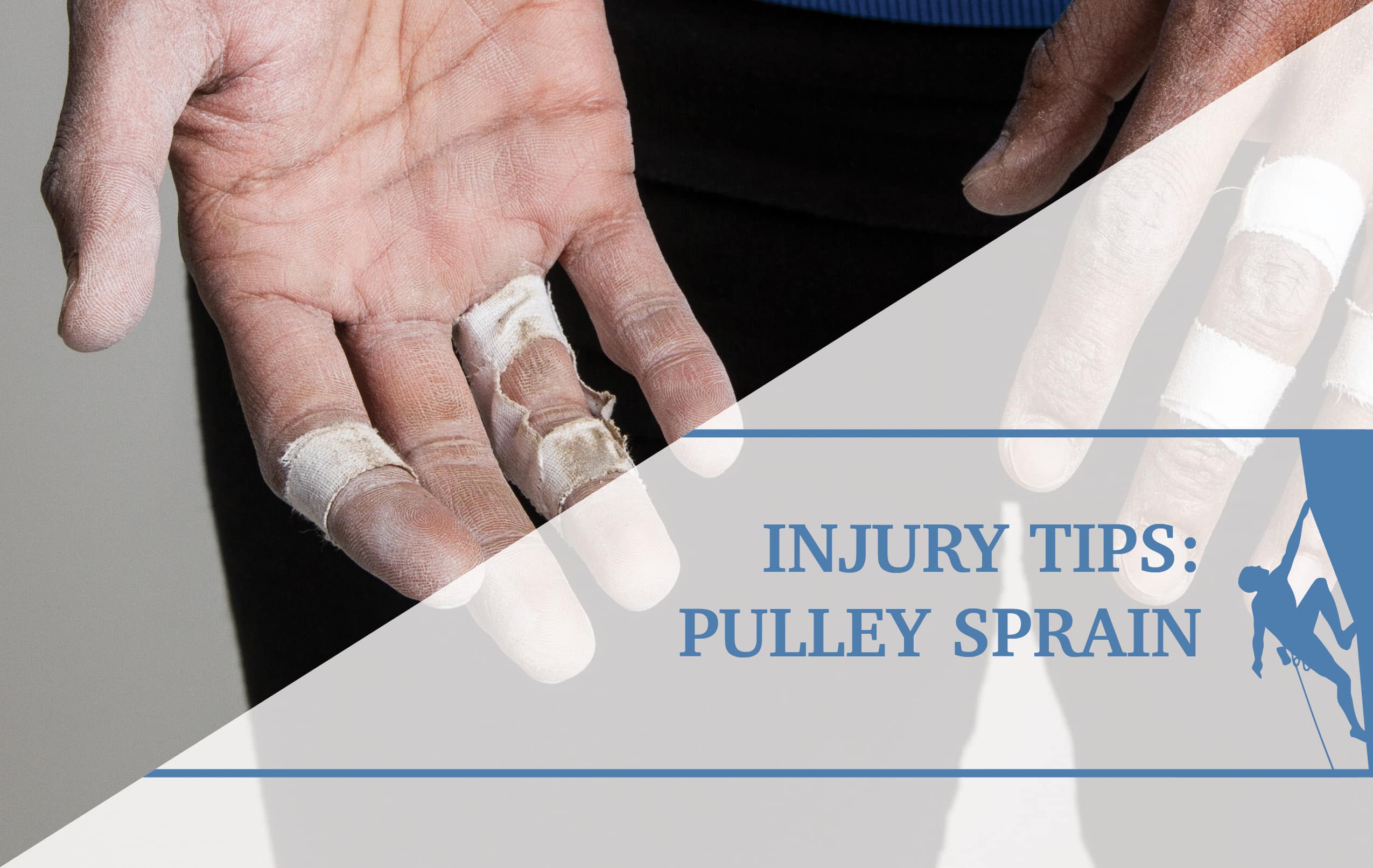Pro Advice from Professional Rock Climber Dan Mirsky
Check out some of the injury prevention rock climbing tips from Professional Climber Dan Mirsky. Below is a photo excerpt from the upcoming book “Climb Injury Free” describing Dan’s pre-climbing warm-up.

A proper warm up is perhaps the most important thing I do to keep climbing injury free. I warm up for 30 minutes every day before I climb. Dynamic stretching always feels like a great way to awaken my body. My fingers are always a critical part of my pre-climbing warm up. I do a number of different range of motion exercises to begin to activate my fingers. The best are the ‘tendon glides’ I learned from the Climbing DR. When I am ready to ramp it up a bit, I move into something more climbing specific. My go to tools are a rice bucket, a set Therabands and a Flexbar. Although it seems like a lot, an extra 30 minutes is a small amount of time when compared to the months of no climbing that can result from some injuries. I have found that if I warm-up well, I can definitely see the benefit in my performance. I can climb harder and longer before I start to feel fatigue. After the climbing is done and I am relaxing with a cold beer, feeling tired and happy; I try to remind myself, regardless of what did happen climbing, the most important thing I got from my warm-up that day is what didn’t happen; an injury.
Bonus Tip:
Forearm Recovery with the Armaid
The Armaid is the perfect tool for forearm recovery after climbing. Using it is simply. Strap it on your thigh, slide your arm in and go to town on your forearm muscles. Specifically there are two techniques that are highly effective:
- Circulatory Massage: Insert your forearm, press the handles of the Armaid with a moderate resistance, roll your forearm back and forth in the device maintaining an equal pressure
- Trigger point release:Insert your forearm,, find a stiff and painful area of your forearm, isolate the device over that area, apply moderate pressure, make a fist with your hand and roll your wrist in circles. This will target the trigger-point in the muscle.
- Disclaimer – The content here is designed for information & education purposes only and the content is not intended for medical advice.




